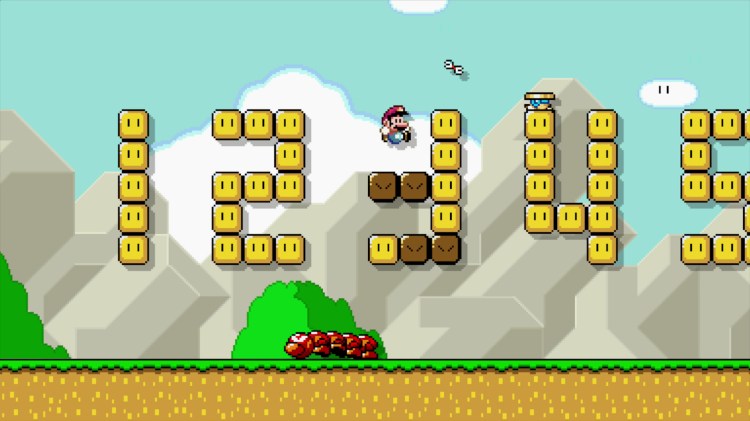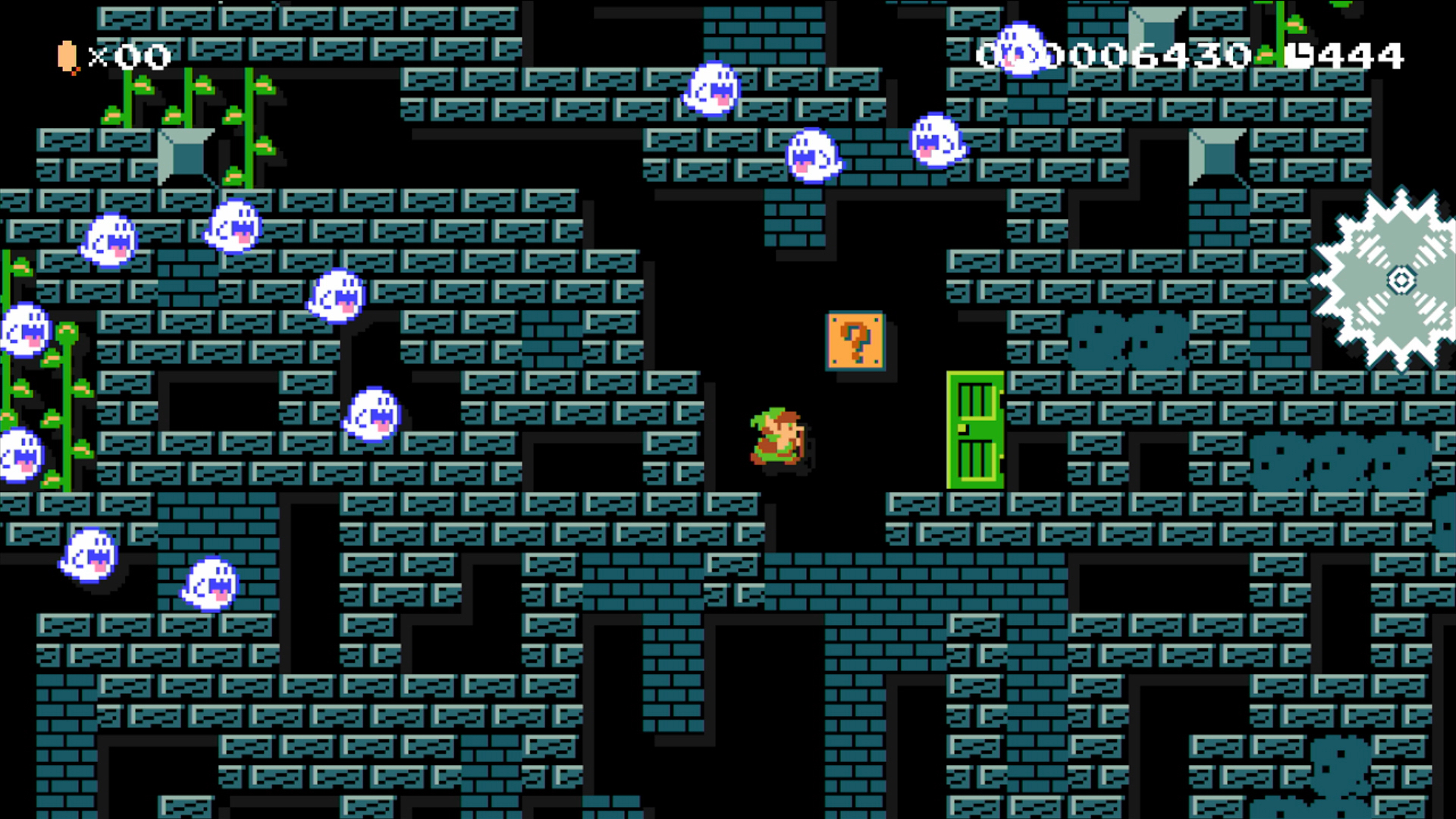I’ve had Super Mario Maker for just a few days, so, of course, I already feel qualified to give everyone advice on designing levels. Prepare to get schooled, kids!
I’ve made about four-and-a-half courses in Super Mario Maker, and I’ve uploaded three of them. I’m basically Shigeru Miyamoto at the point, so you should listen to everything I say if you want to make awesome courses as well.
Here are my tips:
Make levels that you like to play
When I first booted up Super Mario Maker, I assumed that I would spend most of my time playing other people’s levels. But it turns out that this wasn’t the case. That’s because other people aren’t making the levels that I like. I am.
And that’s my first big pointer to new creators who boot up Super Mario Maker. Everyone’s taste is different, and the only way to get a level that you’ll definitely enjoy is to make that yourself.
Personally, I enjoy difficult stages with lots of tough platforming. So that’s what I make, and then I can’t stop playing them after I build them. I suggest you do the same.
Play test
The thing about Super Mario Maker is that you should feel free to just jump in and start making levels. Don’t plan it out on graph paper first. That’s a waste because this game lets you instantly jump back-and-forth between building and playing, and that’s a huge benefit to the creation process.
I’ve found that my ideas don’t really come from staring at the tools. Instead, they come from when I’m trying out my level for the first, third, and 50th time.
Playing also helps me figure out if something is working or not working really quickly. If I try a jump or a sequence of enemies, and it isn’t fun? That’s what the delete tool is for.
This process of building and playing is crucial to making something that feels polished.
Embrace the faults
When you’re play testing, you’re bound to find things about your level that are broken. These include alternative, easier paths than the primary one you’ve built, but it can also include any number of errors or design quirks.
But don’t immediately disregard every fault that you find. I’ve discovered that I can make my levels way more interesting by elaborating on the unexpected.
For example, I was building a level that required you to get a star to jump through a bunch of enemies that I thought were too difficult to kill. But through play testing, I learned that you can jump on top of those enemies without a start to get on top of the stage and run toward the end. Instead of blocking off that path, I incorporated it into the design. I bet few people will discover it, but those who do will find my secret.
Use items to guide players
Coins and 1ups are typically worthless in Super Mario Maker, but they can serve an important design purpose.
When making a level that has a lot of platforming and blind jumps — things that I love — a trail of coins can quickly and subconsciously teach players what they should do.
In one level, I had players running across several gaps, but they also needed to pick up a helmet to get through the last portion of the stage. The helmet dropped out of a green pipe. But if you were running fast enough, you would likely get well past the pipe before it showed you the important item.
To fix this, I put a question block just to the side of it filled with nothing important, but it would take just enough time to let the helmet drop. Additionally, I put a Hammer Bro above you. He would throw the hammer right down next to where you pick up the helmet, which made it nearly impossible to get the helmet without learning that it blocks you from even the most deadly attacks from above.
I hope all of this helps players learn and get the confidence to get through the last segment of the stage that has a number of Thwomps that are impossible to avoid.
Keep your palette limited
Finally, don’t get crazy with your design elements. Put the ground items on the ground and use the right blocks in the right places. Unless you’re trying to purposefully confuse the player, using the visual Mario language that they are accustomed to is the easiest way to keep them moving along in your level.
This is another reason that I like that Nintendo only doles out a few new tools each day. It forces you to keep it simple, which will almost always lead to you having to get more creative.
VentureBeat's mission is to be a digital town square for technical decision-makers to gain knowledge about transformative enterprise technology and transact. Learn More



